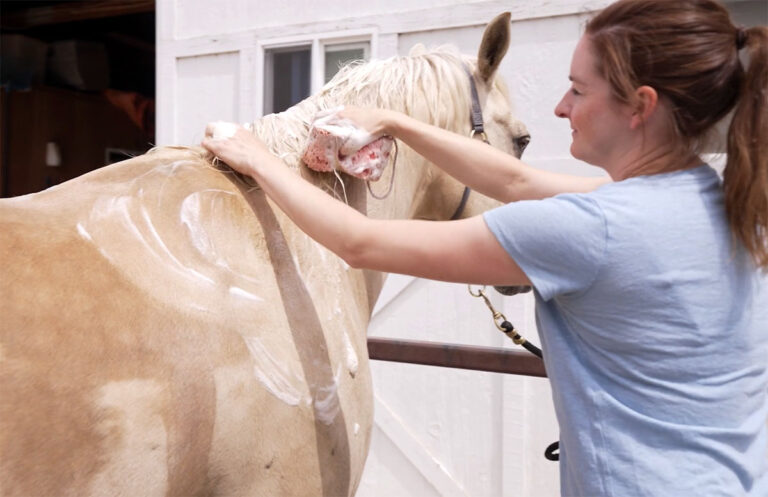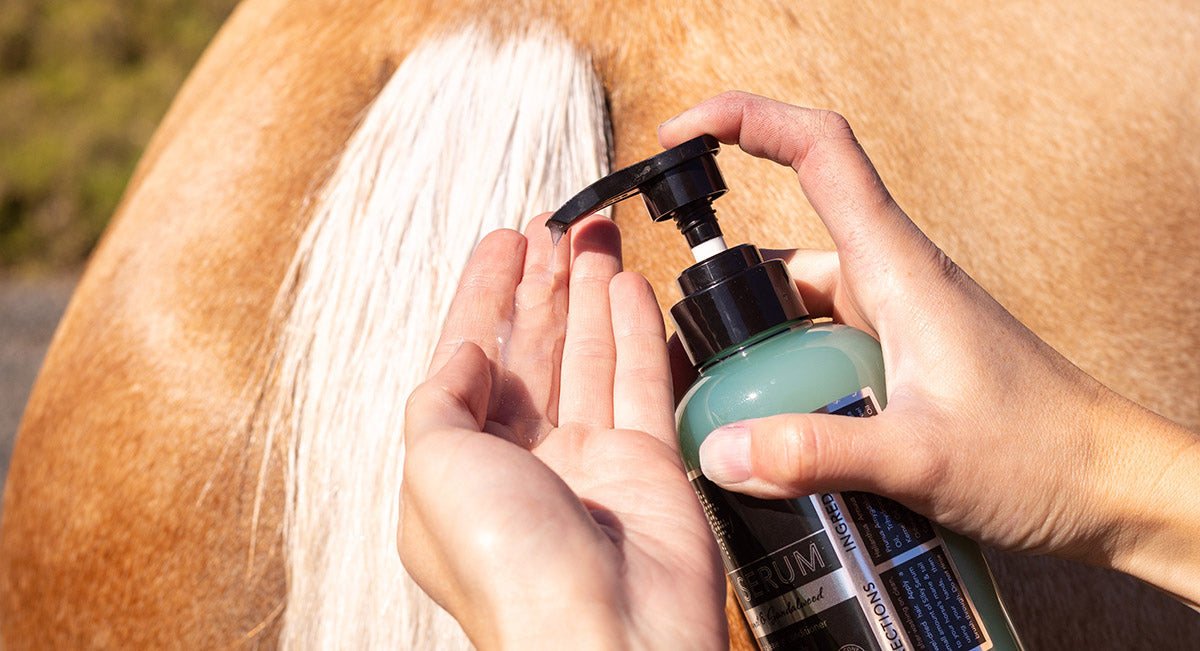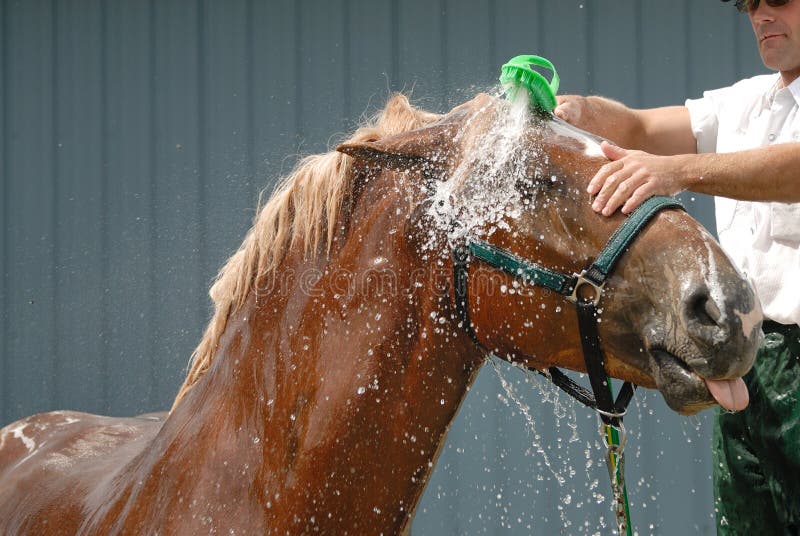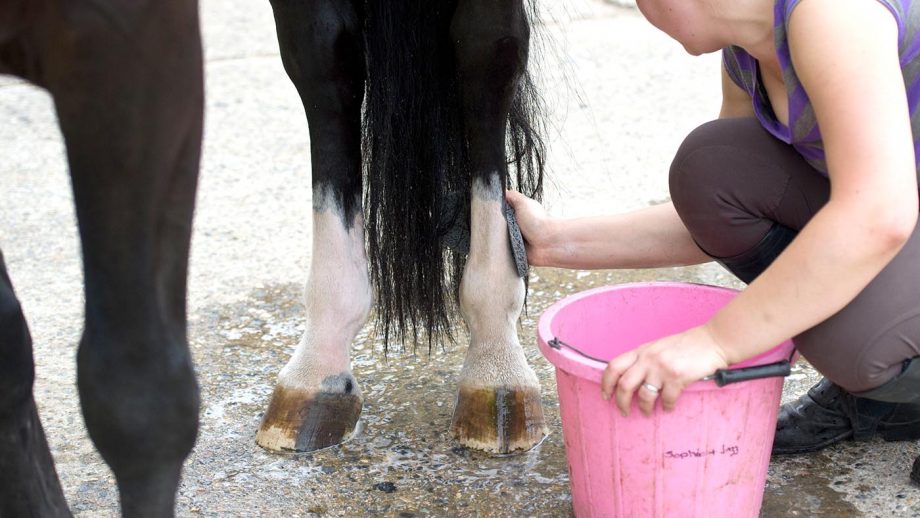Equestrian sports offer a wide range of disciplines, each with its own set of skills, training requirements, and appeal. Among the most popular are dressage, eventing, and show jumping. While these disciplines share a common foundation in horse riding, they differ significantly in terms of purpose, execution, and competition structure. This article delves into the unique aspects of dressage, eventing, and show jumping, offering a detailed comparison for riders, enthusiasts, and spectators alike.
What is dressage?
Dressage, often referred to as “horse ballet,” is an equestrian discipline focused on the harmonious partnership between horse and rider. It showcases the horse’s athleticism, obedience, and grace through a series of precise movements, or “tests.”
Characteristics of dressage

- Objective: To demonstrate the horse’s ability to perform a series of pre-determined movements with precision, fluidity, and responsiveness.
- Arena: Dressage is performed in a rectangular arena, typically 20×60 meters, marked with letters indicating where movements should occur.
- Scoring: Judges evaluate each movement based on rhythm, suppleness, impulsion, and the connection between horse and rider. Scores range from 0 to 10 for each movement.
- Attire: Riders wear formal attire, including a jacket, breeches, gloves, and a helmet or top hat. Horses are presented in elegant tack.
Key movements in dressage
- Piaffe: A trot performed in place.
- Passage: A highly elevated and slow-motion trot.
- Half-Pass: A diagonal movement where the horse crosses its legs while maintaining forward momentum.
- Flying Changes: Switching the lead leg during a canter in mid-stride.
What is eventing?
Eventing is a triathlon of equestrian sports, combining dressage, cross-country, and show jumping into a single competition. This discipline tests the horse and rider’s versatility, endurance, and partnership.
Characteristics of eventing
- Objective: To assess the horse and rider’s all-around skills in three different phases, showcasing athleticism, stamina, and adaptability.
- Structure:
- Dressage Phase: Evaluates precision and obedience.
- Cross-Country Phase: Tests endurance and bravery over natural obstacles like water, ditches, and banks.
- Show Jumping Phase: Assesses agility and carefulness in navigating a jumping course.
- Scoring: Combined scores from all phases determine the winner. Penalties are given for mistakes like refusals or time faults.
- Equipment: Horses require versatile tack suitable for all three phases. Riders often change attire and equipment between phases.
What is show jumping?
Show jumping is an equestrian discipline centered on the horse and rider’s ability to navigate a course of fences with speed and accuracy. It highlights the horse’s athleticism, agility, and responsiveness.
Characteristics of show jumping
- Objective: To clear a series of obstacles within a set time, avoiding faults for knocking down rails, refusals, or exceeding the time limit.
- Arena: Courses are set in an enclosed arena with colorful fences, including verticals, oxers, and combinations.
- Scoring: Penalties, called “faults,” are assigned for errors like knocking down rails (4 faults) or refusals (4 faults). Fastest times often determine the winner in jump-offs.
- Attire: Riders wear formal jackets, breeches, and helmets, with horses equipped with lightweight jumping saddles and protective boots.
Differences in training
Dressage training
- Focus on precision: Riders and horses spend years mastering specific movements.
- Long-term development: Training emphasizes patience and progression, as dressage movements require physical and mental maturity.
- Tools used: Aids like double bridles and spurs are used to refine communication.
Eventing training
- Versatility: Training covers all three disciplines, requiring varied schedules and environments.
- Stamina building: Horses are conditioned for endurance to handle cross-country demands.
- Cross-training: Riders often incorporate swimming, hill work, and galloping for fitness.
Show jumping training
- Focus on agility: Training emphasizes quick reflexes and accurate navigation.
- Jumping techniques: Riders teach horses how to judge distances, approach fences, and recover from errors.
- Short, intense sessions: Training often includes course simulations to mimic competition settings.
Differences in horse selection
Dressage horses
- Traits: Fluid movement, trainability, and a calm temperament.
- Breeds: Warmbloods, such as Dutch Warmbloods and Hanoverians, are common due to their athleticism and grace.
Eventing horses
- Traits: Versatility, stamina, bravery, and intelligence.
- Breeds: Thoroughbreds or Thoroughbred crosses are popular for their speed and endurance. Warmbloods are also used for their jumping ability.
Show jumping horses
- Traits: Power, agility, and a bold personality.
- Breeds: Belgian Warmbloods, Selle Français, and Oldenburgs excel in show jumping due to their strength and responsiveness.
Differences in competition
Dressage competitions
- Riders perform a test of pre-determined movements.
- Levels range from beginner to Grand Prix, with increasing complexity.
- Judging is subjective, based on harmony and execution.
Eventing competitions
- Spread over 1-3 days, depending on the format.
- Requires adaptability to perform consistently in all three phases.
- Scoring is cumulative, and mistakes in one phase can affect overall results.
Show jumping competitions
- Riders face different courses each round.
- Courses become more challenging as levels progress, with higher fences and tighter time limits.
- Penalty points can result in elimination.
Differences in attire and equipment
Dressage
- Formal attire emphasizes elegance.
- Horses wear bridles with snaffle or double bits for precision.
Eventing
- Riders wear protective gear like body protectors during cross-country.
- Tack is designed for versatility and safety across all phases.
Show jumping
- Lightweight saddles and boots focus on freedom of movement.
- Riders often wear colorful attire in less formal competitions.
Key challenges in each discipline
Dressage
- Mastering intricate movements requires years of practice.
- Maintaining the horse’s physical and mental health is essential for success.
Eventing
- Balancing three disciplines demands extensive time and resources.
- Cross-country poses safety risks due to its challenging obstacles.
Show jumping
- Precision and speed must be balanced to avoid faults.
- Horses must maintain focus and energy throughout multiple rounds.
The role of the rider
In dressage
The rider’s role is to communicate subtly with the horse, using minimal cues to achieve precise movements.
In eventing
Riders must be versatile, switching between disciplines while maintaining trust with their horse.
In show jumping
The rider needs quick decision-making skills, guiding the horse efficiently through a course.
Choosing the right discipline
- Consider your goals: Are you drawn to the artistry of dressage, the versatility of eventing, or the thrill of show jumping?
- Assess your horse’s strengths: A horse’s natural abilities and temperament play a significant role in determining the right discipline.
- Evaluate your resources: Eventing requires more equipment and facilities compared to dressage or show jumping.
Conclusion
Dressage, eventing, and show jumping each offer unique challenges and rewards. While dressage highlights precision and harmony, eventing combines versatility and endurance, and show jumping delivers an adrenaline rush with its fast-paced obstacle courses. Understanding their differences helps riders choose the discipline that aligns with their interests, skills, and equine partners. Whether you’re a beginner or a seasoned competitor, these disciplines provide endless opportunities for growth and connection with your horse.







